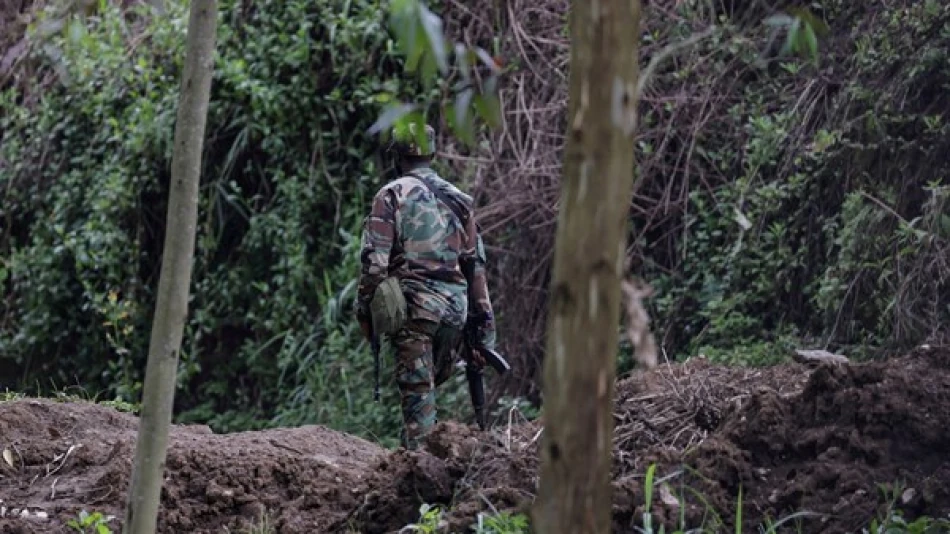
Deadly Massacre Strikes Congo: Dozens Killed in Rebel Attack
Congo Militias Launch Deadly Revenge Campaign Against Civilians After Military Defeats
Armed groups in eastern Democratic Republic of Congo have killed at least 52 civilians in a brutal retaliation campaign following recent battlefield losses to government forces. The massacres, which occurred between August 9-16 in the Beni and Lubero territories, highlight the deadly cycle of violence that has plagued the mineral-rich region for decades, where military pressure on rebel groups often translates into horrific reprisals against defenseless communities.
Systematic Terror in Remote Villages
The attacks followed a chilling pattern of organized brutality. In the village of Melia alone, approximately 30 civilians were killed in what local officials describe as a methodical slaughter designed to maximize terror and suffering.
"When they arrived, they first woke up the residents, gathered them in one place, tied them with ropes, then began killing them with machetes and axes," said Makir Sevikonula, head of the Paperi sector in Lubero. The deliberate nature of these killings—civilians bound and executed with hand weapons—suggests the attacks were intended as collective punishment rather than opportunistic violence.
Women and Children Targeted
Among the confirmed dead are eight women and two children, many of whom were killed inside their own homes. Military official Alan Kiwiwi reported that houses were also set ablaze, indicating the militias sought not just to kill but to destroy the very fabric of community life. The UN peacekeeping mission MONUSCO expects the death toll to rise as search operations continue in remote areas.
The Revenge Cycle That Defines Eastern Congo
This latest massacre exemplifies a tragic pattern that has defined conflict in eastern DRC for over two decades. When government forces or international peacekeepers achieve tactical victories against armed groups, civilians in remote areas often pay the price through retaliatory attacks.
Regional military spokesperson Colonel Ilongo Kiwonda Marx confirmed that the militias were "taking revenge on civilians after suffering defeats at the hands of Congolese forces." This dynamic has made military success a double-edged sword in the region, where over 120 armed groups operate across a territory roughly the size of Western Europe.
Strategic Implications for Regional Stability
The timing and scale of these attacks suggest coordinated planning among militia groups, raising concerns about their organizational capacity despite recent military setbacks. For international observers, the massacres underscore the limitations of conventional military approaches in a conflict zone where armed groups can easily melt back into civilian populations or cross porous borders.
International Response and Long-term Challenges
MONUSCO's condemnation "in the strongest terms" reflects growing international frustration with the security situation in eastern DRC. However, the UN mission, which has operated in the country since 1999, faces mounting pressure to demonstrate concrete results in protecting civilians.
The latest killings occur as the DRC government has been pushing for MONUSCO's withdrawal, arguing that the peacekeeping force has failed to bring lasting stability. These massacres may complicate those plans, as they demonstrate the continued vulnerability of civilian populations when military pressure is applied without corresponding efforts to protect remote communities.
The broader implications extend beyond Congo's borders. The eastern provinces contain significant mineral deposits crucial for global technology supply chains, and continued instability threatens both local populations and international economic interests. Without addressing the root causes that allow armed groups to recruit and operate—including poverty, weak governance, and competition over resources—military victories are likely to continue producing civilian casualties rather than lasting peace.
Most Viewed News

 Layla Al Mansoori
Layla Al Mansoori






